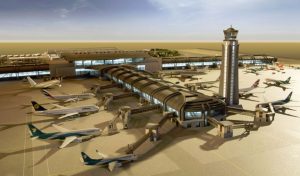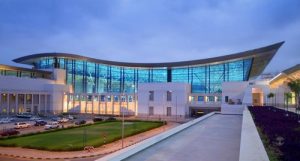Muscat and Salalah Airports
Oman Airports Management Company (OAMC) is the governmental company that is responsible for the management and operation of Muscat International and Salalah Airport and future airports. The infrastructure of the airports such as the terminal buildings, cargo building, runway, apron and car parking is directly under OAMC’s management.
Some of main functions of OAMC at the airport are:
- Manage the Airport Assets, Facilities, Infrastructure, Projects and Maintenance Plans.
- Manage the Aerodrome Certification & Compliance, Emergency Planning, Capacity Management and Customer Services.
- Manage all the commercial areas such as retail, real estate, fuel farm, concession agreements, car park, airport space adverting, corporate communications and airline marketing.
- Manage Information, Communications and Technology at the Airports.
- Undertake Financial Management and revenue collection from aeronautical and non-aeronautical sources and expenditure payments.
- Undertake Health, Safety and Environmental Management for all organizations operating within the Airport Boundaries.
Muscat Airport subject ongoing upgrades and Salalah Airport are the designed to handle a projected upsurge in passenger flows in and out of Oman.
The Muscat International Airport
 The Muscat International Airport encapsulates Oman’s aspirations to evolve into a singular tourist destination and aviation hub.
The Muscat International Airport encapsulates Oman’s aspirations to evolve into a singular tourist destination and aviation hub.
Being built with an investment of around $5 billion will feature a state of the art passenger terminal:
Complementing these facilities is a new air cargo terminal with a capacity of 100,000 tonnes per year as well a modern in-flight catering facility.
Level of Service (LoS) to be offered at the new Muscat International Airport will be in the “Optimum Airport” category as per IATA as stated in October 2016. With this new classification the new airport’s capacity will automatically increase from 12 million to 20 million passengers per year.
The new Salalah Airport

The new Salalah Airport serves as a gateway for the growing numbers of tourist drawn by the Dhofar region’s distinctive natural and historical appeal. Business travelers too are descending on this strategically important and resource-rich part of the Sultanate, which boasts a thriving transshipment hub and free zone.
The passenger terminal covers an area of 65,000 sq. metres and spacious enough to handle a throughput of 2 million passengers annually.

